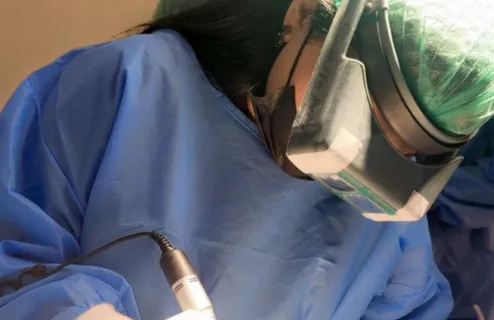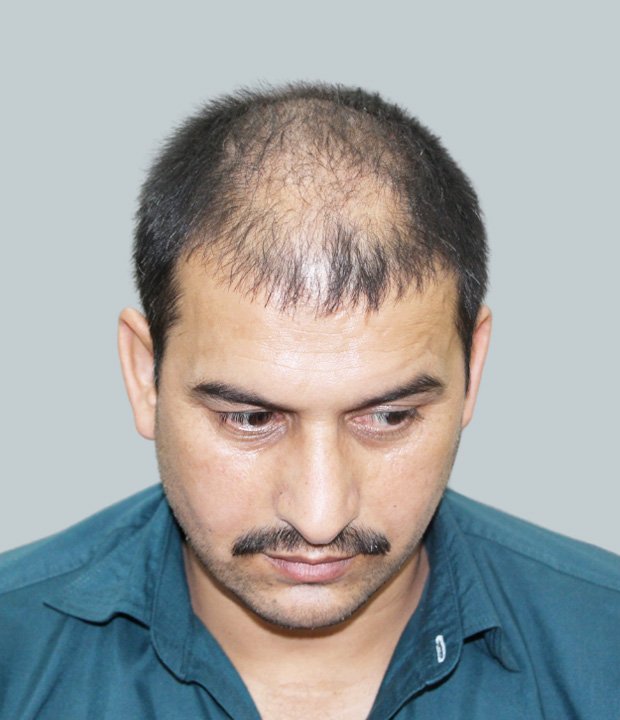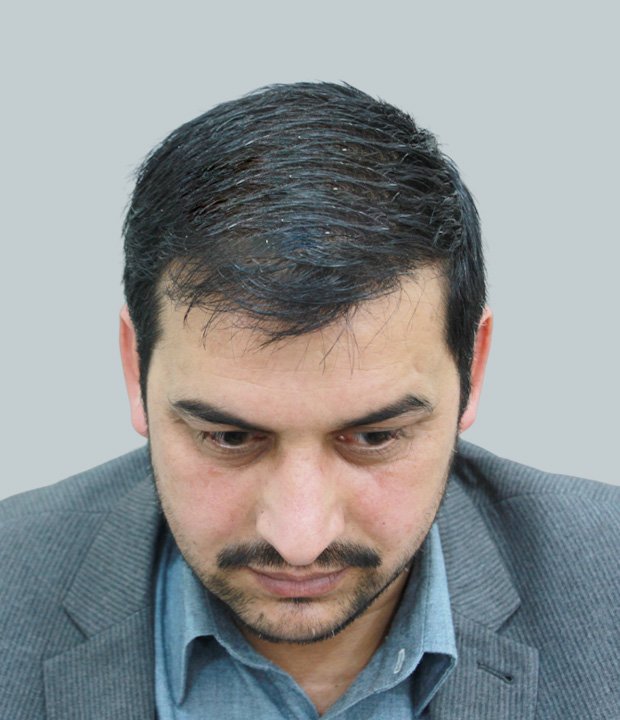H# 08, Street 60, F-8/4, Islamabad.
- 511 SW 10th Ave 1206,
- Portland, OR
- United States


We help you become the best version of yourself with personalized hair restoration plans, using the latest techniques and cutting-edge products, backed by scientific expertise, to deliver natural, stunning results.
Dr. Uzma Irfan provides expert hair transplantation solutions to help you look and feel your best, delivering natural results through advanced, invasive surgical techniques



We are a modern hair transplant clinic dedicated to helping you maintain a youthful, attractive appearance for years to come.
They are very gentle and do their best to give the patients the expected results. I am very happy with their office, equipment, kindness and professionalism.

Everyone was sweet and professional, ensuring that I had a comfortable and effective session. The results are mind-blowing, and I am happy I went with them.

The staff was friendly and professional, and the treatment left me feeling refreshed and rejuvenated. Thank you for the wonderful service, I'll definitely be visiting again!

I was looking for a confidence boost and decided to try a hair transplant. I was absolutely amazed by the results!

The hair transplant targeted my areas of concern and significantly improved my hair density, but most importantly, the staff really knew what they were doing.

The results were evident even after one session, and I am already looking forward to my next appointment. Thank youn for the amazing service, I will definitely be visiting again!

We make it a priority to not only listen to your story, but to also address any questions or concerns that you may have about the services offered at our clinic.
"Our practice proudly provides high quality Hair Transplant care in a timely manner. Your safety and comfort will always be our first priority.”

